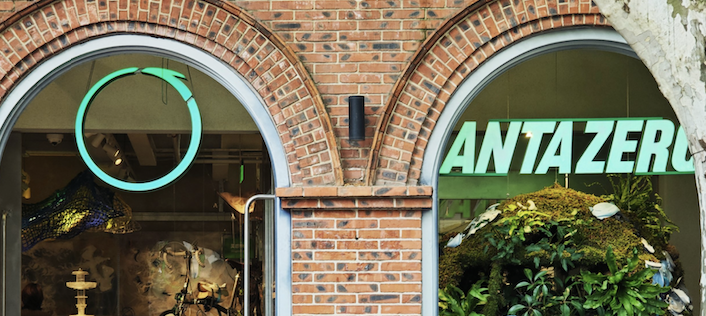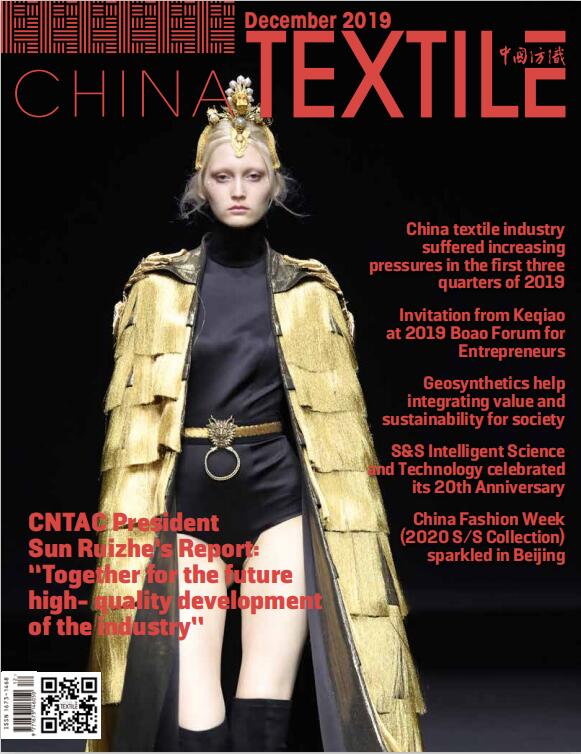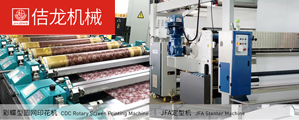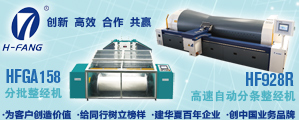Beyond emissions data: How China’s apparel giants are rewriting ESG as competitive advantage
Jun 20, 2025 | by Zhong Mengxia
As the EU's carbon border tax approaches implementation and Generation Z begins to prioritize sustainability in their purchasing decisions, ESG has evolved from a moral concern to business survival challenges. By analyzing the latest ESG reports released by prominent apparel brands in the China garment industry, including Bosideng, Anta, Youngor, Li-Ning, and Lilanz, we can see it’s not about a series of emission reduction data but a comprehensive innovation from product to value chain.
Sustainability as design language
In the laboratory of Ningbo Youngor, hemp fiber is generating significant value. Youngor's green products are derived from natural bio-based hemp fiber, a raw material that possesses remarkable carbon sink capacity, twice that of cotton, while also conserving 75% of water during production. The fabric boasts antimicrobial and UV protection properties, contributing to its commercial success. Lilanz provides an additional example: by recycling indigo blue color yarn, jeans and denim jackets do not need to be re-dyed, reducing the use of raw cotton by 50% and chemical dyes and water by almost 90%.
Green equals profit
Li-Ning has achieved significant energy savings in its corporate headquarters and retail stores by upgrading equipment and implementing renewable energy systems. In Nanning, Li-Ning upgraded its heating, ventilation, and air conditioning (HVAC) system. The company implemented intelligent temperature control and frequency conversion control for chiller units, water pumps, and other equipment. Li-Ning also cooperated with the Guangxi factory to renovate its production equipment. The Shenzhen Center relied on replacing old air conditioners, using the precise energy supply of a virtual power plant, and replacing LED lamps to achieve a cumulative total annual energy savings of more than 430,000 kilowatt-hours. Green benefits are verified at Li-Ning.
Reconstructing from a supply chain perspective
A few days ago, S&P Global released the 2025 Sustainability Yearbook (China Edition). Bosideng stood out among more than 1,700 Chinese enterprises in 60 industries and was selected again, demonstrating its leading position in China’s apparel industry. Bosideng has achieved comprehensive green management in recent years through carbon reduction actions throughout its entire value chain, including raw materials, manufacturing, logistics, and suppliers. In 2024, Bosideng participated in numerous carbon neutrality projects, achieving notable results. Additionally, Bosideng created the “Supplier Chemical Control Manual” to eliminate the use of toxic and hazardous substances by managing chemicals from the source.
Making ESG Tangible
When walking into Anta's "Zero Carbon Store," consumers can touch the environmentally friendly resin wall, merchandise displays, and a shoe-changing bench made from leftover fabrics. The remake area has been reassembled, and the artwork that was once on display has been repurposed to decorate the store's mirrors. The Anta Group is also practicing its sustainable philosophy with its packaging. According to its report, the group plans to use sustainable PE plastic packaging for more than 90% of its apparel package.

In another city, Shanghai, Youngor constructed HAI550, China's first sustainable lifestyle-themed building. HAI550 is introducing a significant number of sustainable consumer brands by renovating existing buildings. The project showcases living scenarios in six areas, including sustainable spaces, lifestyles, fashion, and food, with the aim of encouraging green consumption. Additionally, it offers a space for consumers to engage with green fashion and a recycled lifestyle.








